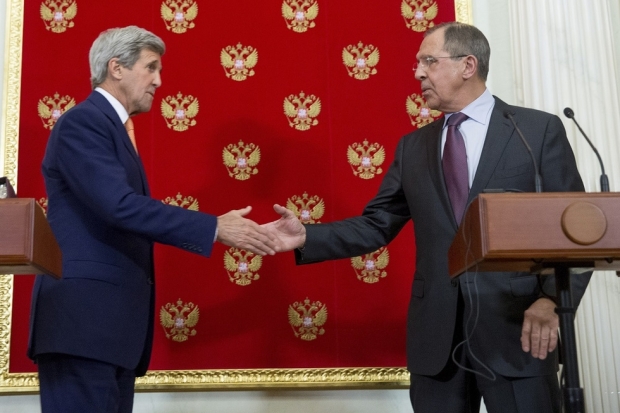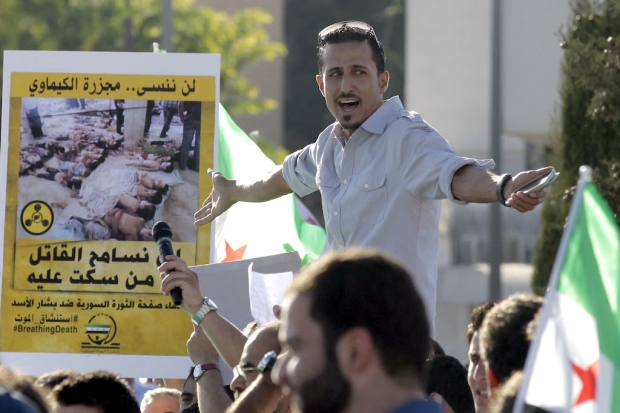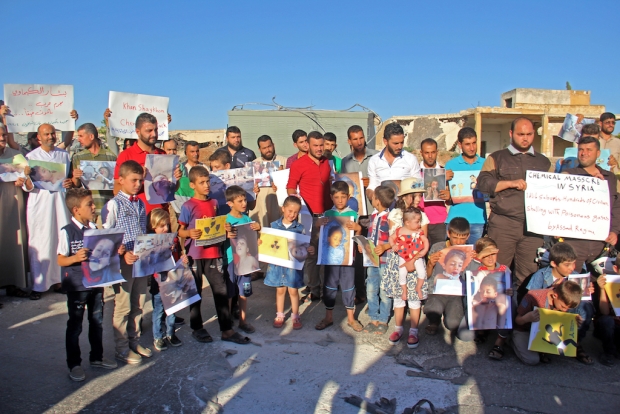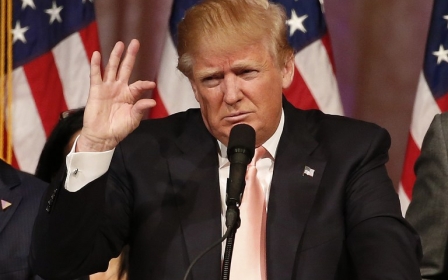A timeline of chemical weapons attack investigations in Syria
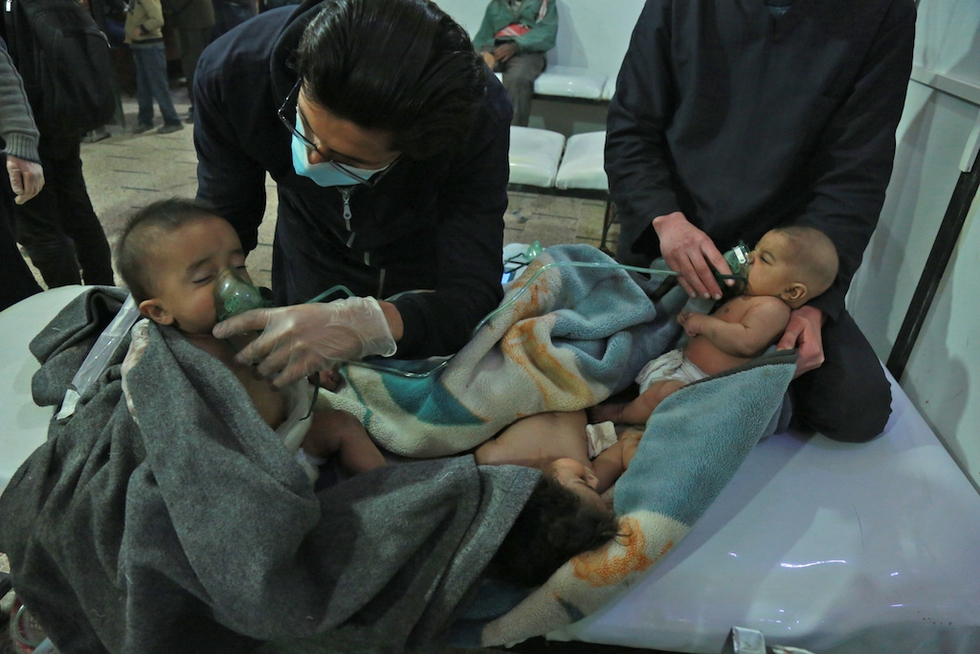
The United States said on Wednesday that it was still assessing intelligence about last weekend's suspected chemical weapons attack in Syria with US Defense Secretary Jim Mattis striking a cautious tone hours after President Donald Trump threatened missile strikes.
Asked if he had seen enough evidence to blame Syrian President Bashar al-Assad's forces for the attack, Mattis said: "We're still assessing the intelligence - ourselves and our allies. We're still working on this."
Since the 2013 sarin nerve gas attack on Douma in Eastern Ghouta, there have been ongoing investigations of the attacks led by the UN and the Organisation for the Prohibition of Chemical Weapons (OPCW):
2013 - US Secretary of State John Kerry and Russian Foreign Minister Sergei Lavrov reach an agreement on the elimination of Syria's chemical weapons
UN Secretary-General Ban Ki-moon establishes United Nations Mission to Investigate Allegations of the Use of Chemical Weapons in the Syrian Arab Republic.
Headed by Swedish scientist Ake Sellstrom and comprised of experts from the World Health Organisation and the OPCW, it is tasked with looking into possible use of chemical weapons following reports of an attack in the northern town of Khan al-Assal.
It confirms use of sarin in the 21 August attack in the Damascus suburb Ghouta that killed hundreds.
2014 - OPCW Declaration Assessment Team begins work to resolve gaps and inconsistencies in Syria's declaration to the OPCW, which was supposed to include all aspects of its chemical weapons programme
By April 2018, after visiting Syria at least 18 times to inspect sites and meet Syrian officials, the technical secretariat of the OPCW remained unable to "verify that Syria had submitted a declaration that could be considered accurate and complete."
OPCW establishes a fact-finding mission in response to persistent allegations of chemical weapon attacks in Syria, "to establish facts surrounding allegations of the use of toxic chemicals, reportedly chlorine, for hostile purposes in the Syrian Arab Republic."
It is not tasked with assigning blame.
2015 - United Nations-OPCW Joint Investigative Mechanism in Syria is established to identify individuals or entities behind chemical weapons attacks
2016 - UN-OPCW Joint Investigative Mechanism concludes that Syrian government forces used chlorine as a chemical weapon in three cases and that Islamic State militants used sulphur mustard
OPCW executive council adopts decision condemning Syrian government and Islamic State for chemical weapons use after a vote that split the body and signalled an end to US-Russia cooperation.
2017 - OPCW fact-finding mission concludes that sarin was used in a 4 April attack in the Khan Sheikhoun area of northern Syria, the most deadly use of the nerve agent in three years. It does not assign blame
The Syrian government of President Bashar al-Assad is blamed by the Joint Investigative Mechanism for the sarin attack on opposition-held Khan Sheikhoun that killed dozens of people.
Russia casts a veto at the UN Security Council preventing the renewal of the mandate for the Joint Investigative Mechanism. The investigation ends in November 2017 after Russia repeatedly blocks attempts at renewal.
2018 - Diplomats and scientists confirm that the Syrian government's chemical weapons stockpile has been linked for the first time by lab tests to the largest sarin nerve agent attack of the civil war
Laboratories working for the OPCW compared samples taken by a UN mission in the Damascus suburb of Ghouta after the 21 August 2013 attack to chemicals handed over by Damascus for destruction in 2014.
The tests found "markers" in samples taken at Ghouta and at the sites of two other nerve agent attacks, in Khan Sheikhoun in April 2017 and Khan al-Assal in March 2013, two people involved in the process told Reuters.
Middle East Eye propose une couverture et une analyse indépendantes et incomparables du Moyen-Orient, de l’Afrique du Nord et d’autres régions du monde. Pour en savoir plus sur la reprise de ce contenu et les frais qui s’appliquent, veuillez remplir ce formulaire [en anglais]. Pour en savoir plus sur MEE, cliquez ici [en anglais].


